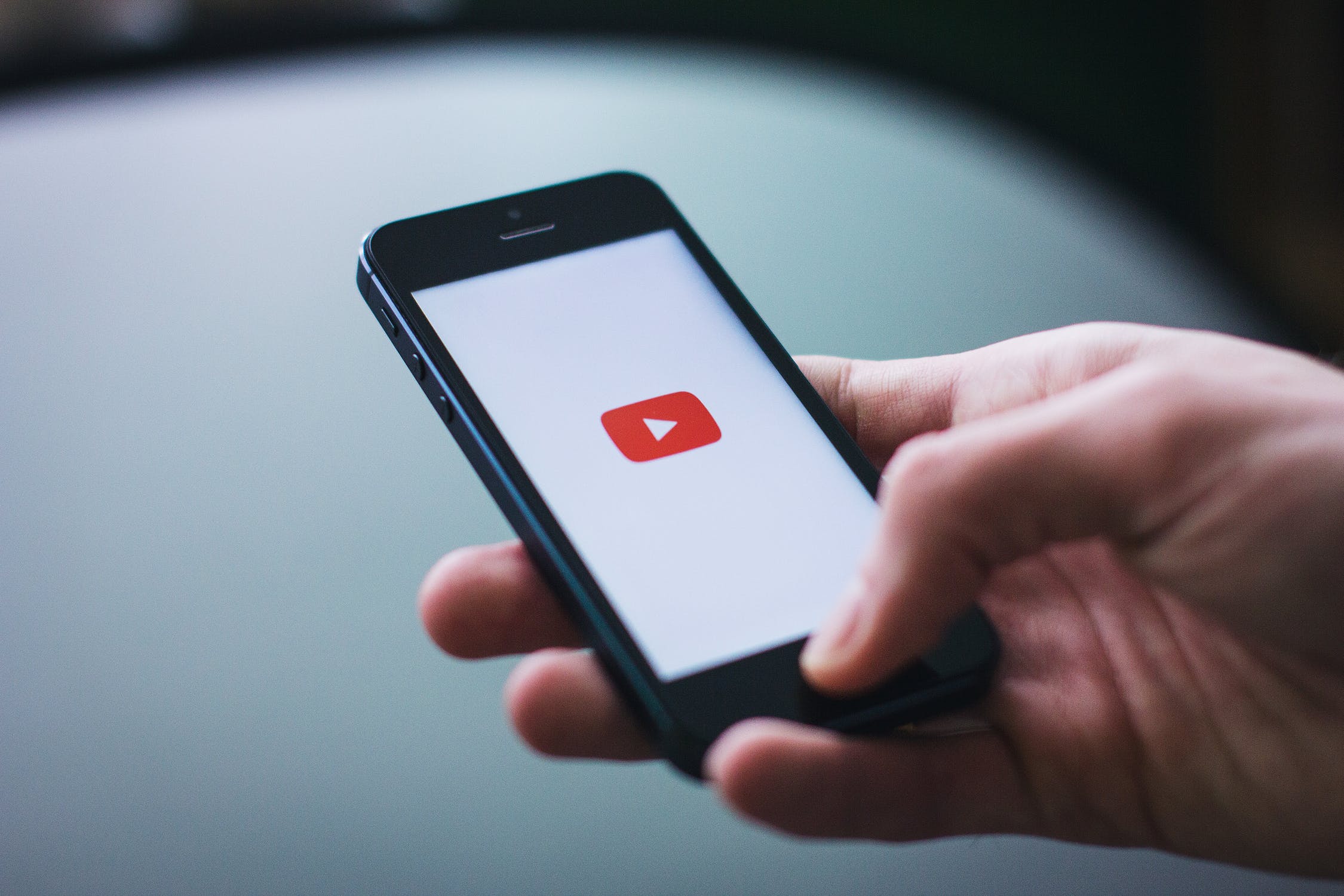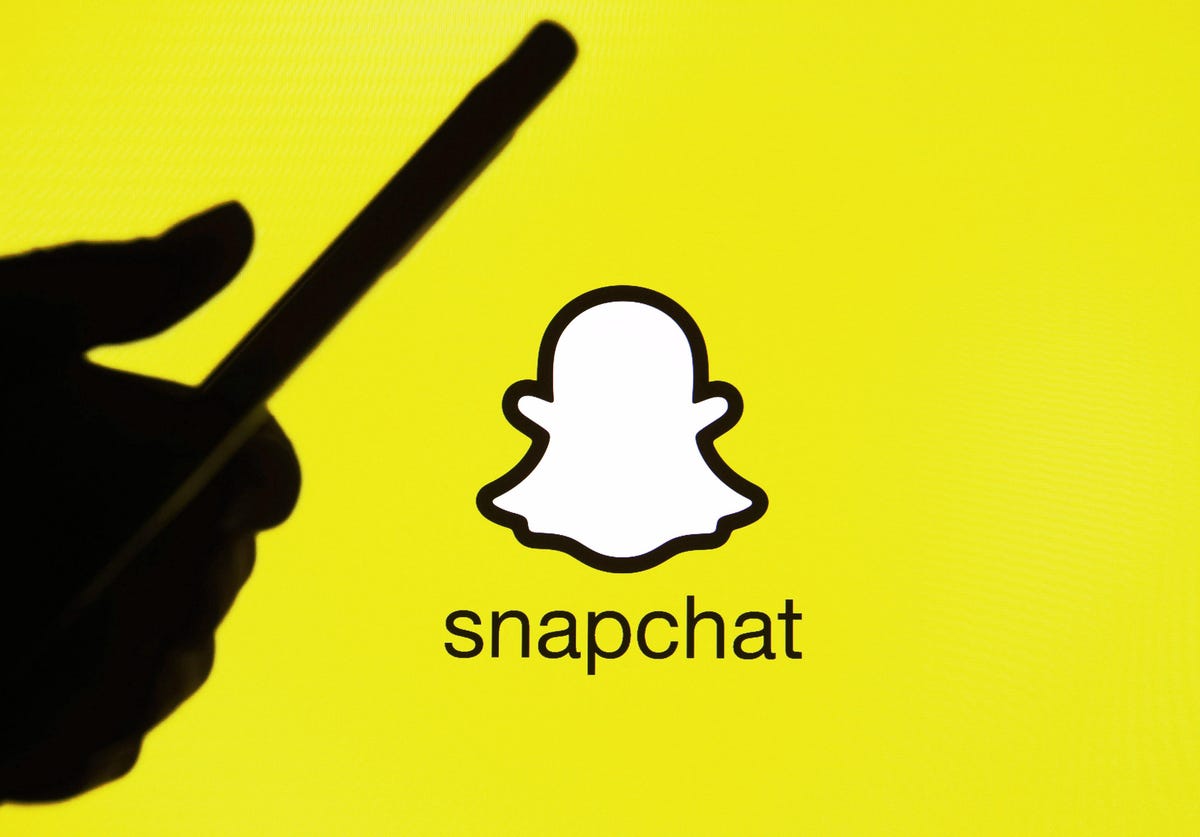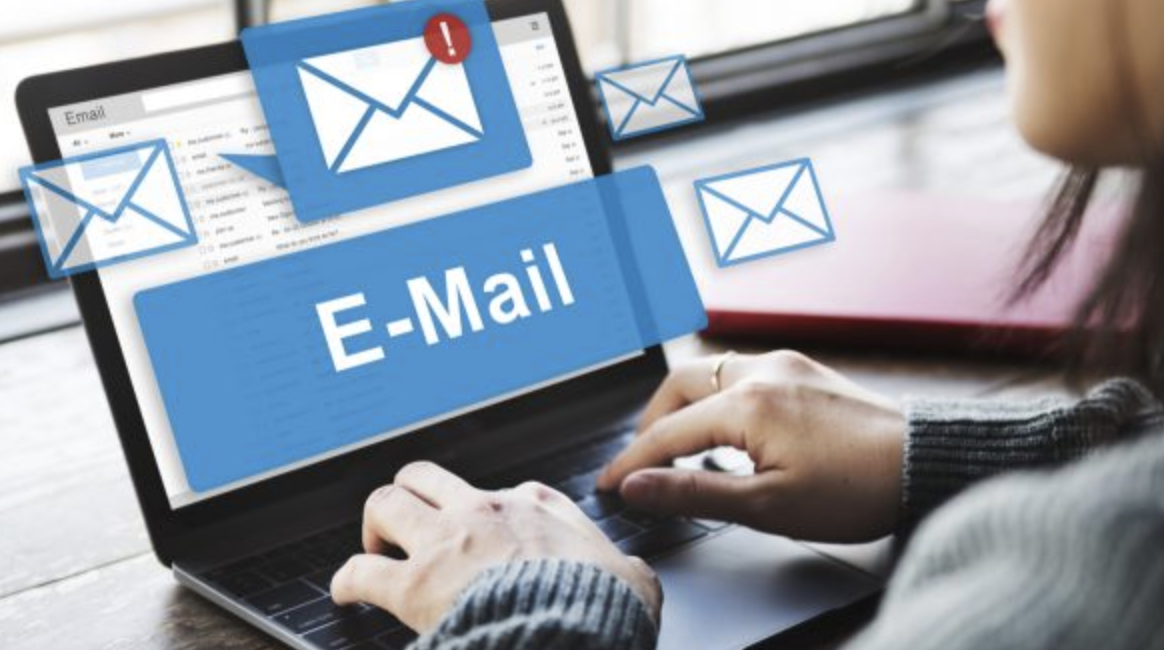In today’s digital age, receiving calls from unknown numbers has become a common occurrence. As a result, phone carriers have implemented measures to combat spam calls and protect their users. One such feature is the “Calls with a Checkmark Have Been Verified By the Carrier” notification on iPhones. While this notification may seem confusing, it serves an important purpose in ensuring the legitimacy of incoming calls. In this comprehensive guide, we will unravel the meaning behind this notification and shed light on the process of call verification by the carrier.
Understanding Verified Calls
Have you ever wondered if the person calling you is a recognized and authorized number? With the increasing number of spam calls, it’s crucial to have a system in place to identify and filter out potential threats. This is where verified calls come into play. Verified calls are calls that have been vetted and verified by your phone carrier. The verification process involves confirming the authenticity of the caller’s number, thus reducing the risk of encountering spam calls.
The Attestation Scale: Stir and Shaken
To determine the authenticity of a caller, phone carriers use an attestation scale known as Stir and Shaken. This scale evaluates the level of attestation or verification associated with the caller’s number. The Stir and Shaken standards help differentiate between legitimate calls and potential spam or scam calls. Let’s delve deeper into the three levels of attestation:
A – Full Attestation
At the highest level of attestation, known as A – Full Attestation, the phone carrier has fully confirmed and verified that the caller’s ID phone number matches the actual service ID of the caller. These calls are highly trusted and can be answered with confidence, as they are less likely to involve malicious activities.
B – Partial Attestation
Moving down the attestation scale, we have B – Partial Attestation. In this case, the phone service provider recognizes the customer but hasn’t been able to verify that the caller’s ID matches their actual service ID. While these calls are not completely verified, they may still be legitimate. However, exercise caution when receiving calls with partial attestation, as their caller ID may not align with their assigned service number.
C – Gateway Attestation
The lowest level of attestation is C – Gateway Attestation. When a call falls under this category, the carrier was unable to authenticate the call on any level. As a result, these calls are often blocked by the carrier to safeguard users from potential malicious activities. C-level attestation typically indicates a scammer or a spoofed number.
The Checkmark: A Symbol of Verification
Now that we understand the attestation scale, let’s explore the significance of the checkmark. When a call has been verified with A-level attestation, a checkmark appears next to the caller’s name. This checkmark indicates that the call has been fully verified and is not at risk of being a spam call. You can trust that these callers are using legitimate numbers and are not engaged in any malicious behavior.
It’s worth noting that not every phone service provider includes the Stir and Shaken standards for verifying callers. Therefore, the presence of the checkmark may vary depending on your carrier’s implementation of these standards.
Why is There a Checkmark Next to a Missed Call?
You may have noticed a checkmark next to a missed call and wondered about its significance. When a checkmark appears next to a missed call, it means that the call has been verified by your phone carrier. This verification process ensures that the person calling you is a recognized and authorized number.
Verified calls undergo scrutiny based on their attestation ratings, which determine the level of authenticity and authorization associated with the caller’s ID. By employing this system, carriers aim to identify number spoofers and notify users about potential spam calls, enabling them to avoid such calls and protect their personal information.
Final Thoughts
In conclusion, the “Calls with a Checkmark Have Been Verified By the Carrier” notification on your iPhone serves as an assurance that the person calling you is a recognized and authorized number. Verified calls undergo a thorough verification process based on the attestation scale, which ranges from A – Full Attestation to C – Gateway Attestation.
The checkmark symbolizes a fully verified call, indicating that it is not a spam call and that the caller is using a legitimate number. However, it’s important to note that not all carriers provide the Stir and Shaken standards, and thus, the checkmark may not be visible on your phone.
By understanding the meaning behind this notification, you can make informed decisions when receiving calls and ensure the security of your personal information. While spam calls continue to be a nuisance, the implementation of call verification measures by phone carriers is a significant step towards mitigating this issue. Stay vigilant, and remember to exercise caution when receiving calls from unverified numbers.






